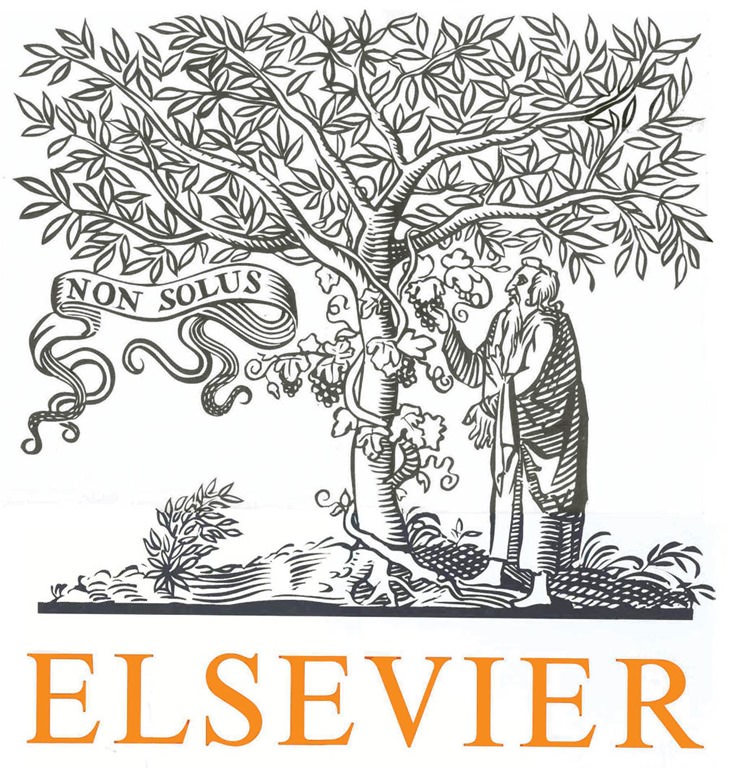Final summary
This article considers brand engagement from a generally overlooked perspective: that of employees rather than customers. This is important because employee brand engagement impacts that of other organizational stakeholders, including customers, suppliers, and investors, often leading to virtuous or vicious cycles. Using the results from a large-scale study of employee brand engagement on social media, two key dimensions (optimism and commonality) are identified that differentiate between top-ranked and -rated brands and bottomranked and -rated brands. Employees of top-ranked and -rated firms express higher levels of optimism and commonality in their reviews oftheir employers on social media, and this enabled us to construct a 2 � 2 matrix that allows managers to diagnose strategies for employee brand engagement. As Lamberton and Stephen (2016) pointed out, social media facilitates individual expression by allowing an organization’s stakeholders to generate their own content and broadcast this to audiences that might range from just a few friends or family members to the thousands of employees and potential employees of a large organization. Much of this content will be about the branded offerings they either love or hate, or those for which they are indifferent. Social media has become a major source of marketintelligence for marketing practitioners as well as marketing scholars. The user-generated content on social media about brands and how stakeholders engagewith them provides a data source that can sometimes be better than, sometimes easier to obtain than, and sometimes merely different from the standard sources of data and research methods managers have used and academics exploited in the past. Armed with powerful software to process this data, practitioners andscholars can shednewlighton how stakeholders engage with brands.








